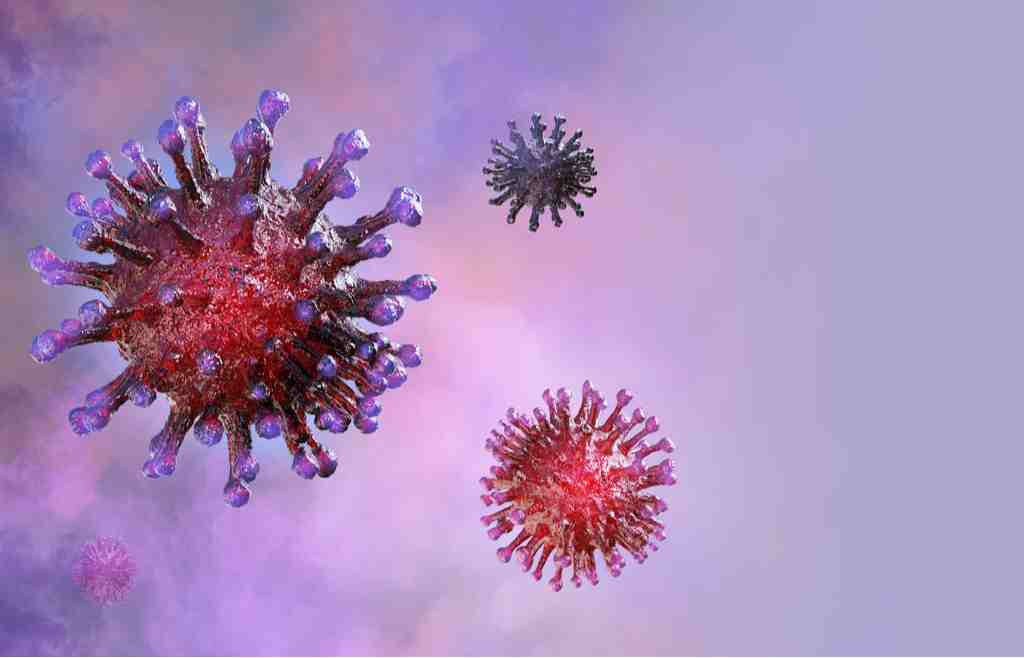New SARS-CoV-2 Strain That is Prevailing Worldwide is Spreading Faster
A new and more contagious strain of SARS-CoV-2, the virusvirus vi·rus | \ ˈvī-rəs : a disease-causing agent that is too tiny to be seen by the ordinary microscope, that may be a living organism or may be a very special kind of protein molecule, and that can only multiply when inside the cell of an organism that causes COVID-19COVID-19 \ ˈkō-vid-nīn-ˈtēn : a mild to severe respiratory illness that is caused by a coronavirus (Severe acute respiratory syndrome coronavirus 2 of the genus Betacoronavirus), is transmitted chiefly by contact with infectious material (such as respiratory droplets), and is characterized especially by fever, cough, and shortness of breath and may progress to pneumonia and respiratory failure. , has become dominant worldwide. A new study led by researchers at Los Alamos National Laboratory say that the mutated strain appeared first in Europe in early February and migrated to the East Coast in March.
The virus is not only more contagious but may bypass immunity to the first strain, as it appears to reinfect individuals after their first bout with coronaviruscoronavirus co·ro·na·vi·rus : any of a family (Coronaviridae) of single-stranded RNA viruses that have a lipid envelope studded with club-shaped projections, infect birds and many mammals including humans, and include the causative agents of MERS, SARS, and COVID-19. The researchers call the mutant strain D614G.
The report’s authors said they were sharing their work before it was peer reviewed due to “an urgent need for an early warning” as nations begin to develop vaccines and therapies to combat the virus. Read the full study, “Spike mutation pipeline reveals the emergence of a more transmissible form of SARS-CoV-2SARS-CoV-2 ˈsärz-kō-ˈvē-ˈtü : the coronavirus (Severe acute respiratory syndrome coronavirus 2 of the genus Betacoronavirus) that is the causative agent of COVID-19.”
Where ever the strain has appeared it has infected far more people than earlier strains of the virus. Among other concerns, the mutations, which were recorded in 14 of the nearly 30,000 base pairs of RNA making up the virus, demonstrate the virus may not be stable. Drugs designed to combat one version of the virus may not be effective against other strains, and any vaccines developed for coronavirus may need to be updated annually, as with influenzainfluenza in·flu·en·za | \ ˌin-(ˌ)flü-ˈen-zə : an acute, highly contagious, respiratory disease caused by any of three orthomyxoviruses: (1) or influenza A : moderate to severe influenza that in humans is marked especially by sudden onset, fever, sore throat, fatigue, muscle aches, inflammation of the respiratory mucous membranes, and cough, that has numerous variants caused by subtypes (such as H1N1, H2N2, or H3N2) of an orthomyxovirus (species Influenza A virus of the genus Influenzavirus A) infecting humans and various animals (such as birds or pigs), and that may occur in ... vaccines.
More mutations complicate the vaccine-development process and it was concerns over that issue that motivated the Los Alamos researchers to conduct the study in the first place.
Scientists at Duke University and University of Sheffield in England worked alongside the Los Alomos team in mapping the coronavirus.


No comments yet. Be the first one to leave a thought.